7 Strategies For Using Context Clues In Reading
Strategies for using context clues in reading including word parts, definition–> explanation, examples, antonyms, and analogies.
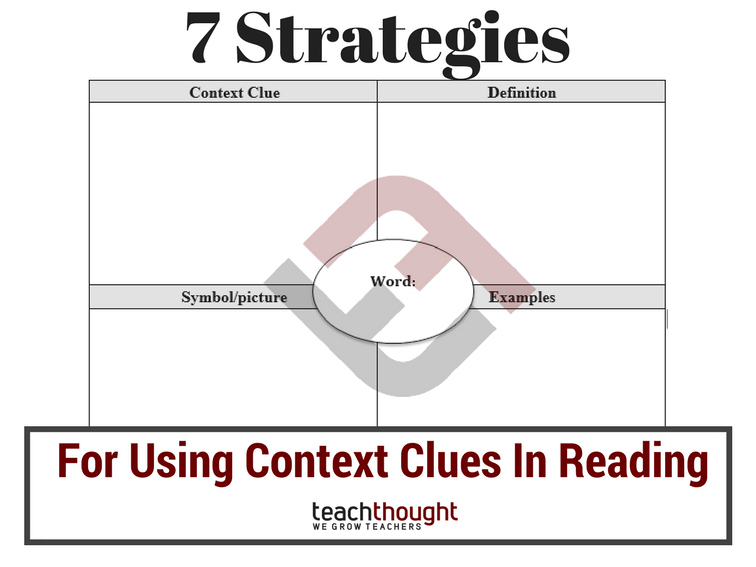
Strategies for using context clues in reading including word parts, definition–> explanation, examples, antonyms, and analogies.
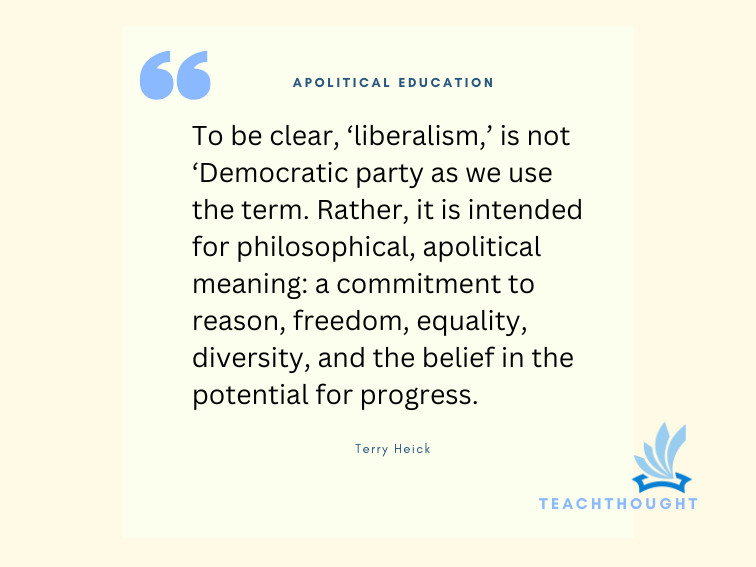
Education seeks to empower individuals, enabling them to think critically, embrace learning, and better themselves and their communities.
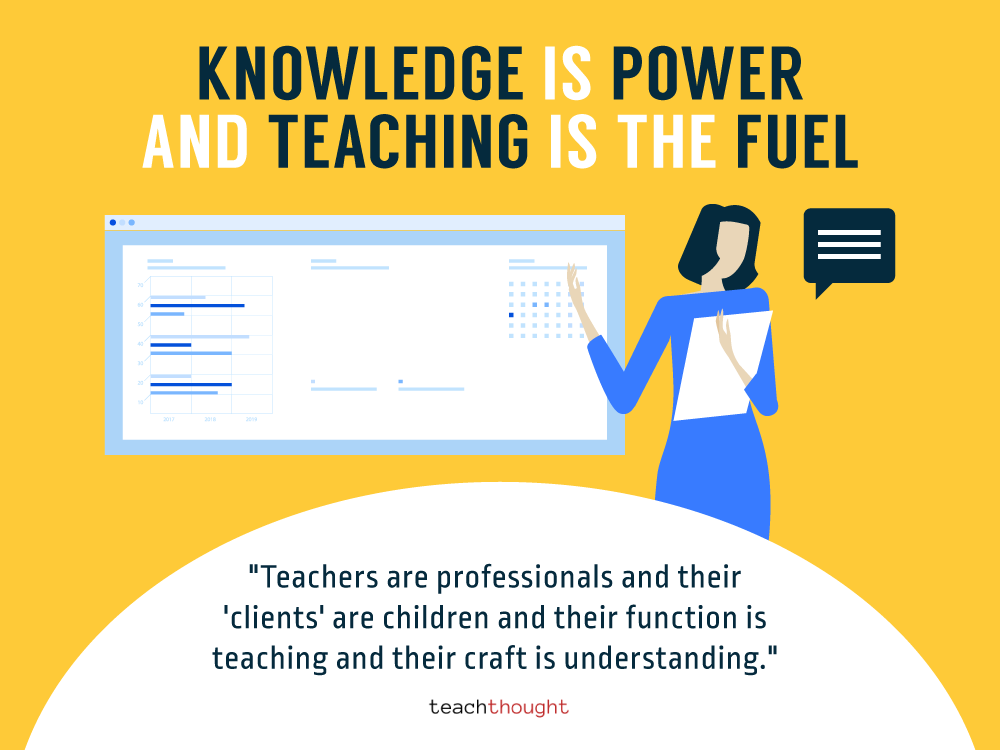
Learning Myths That Are Slowing You Down and What Actually Works Let’s face it. Everyone wants to learn faster. Whether you’re working with a maths tutor in Brisbane or studying on your own, your learning style matters. Many students rely on math tutors or English tutors to speed things up, but sometimes what holds them…
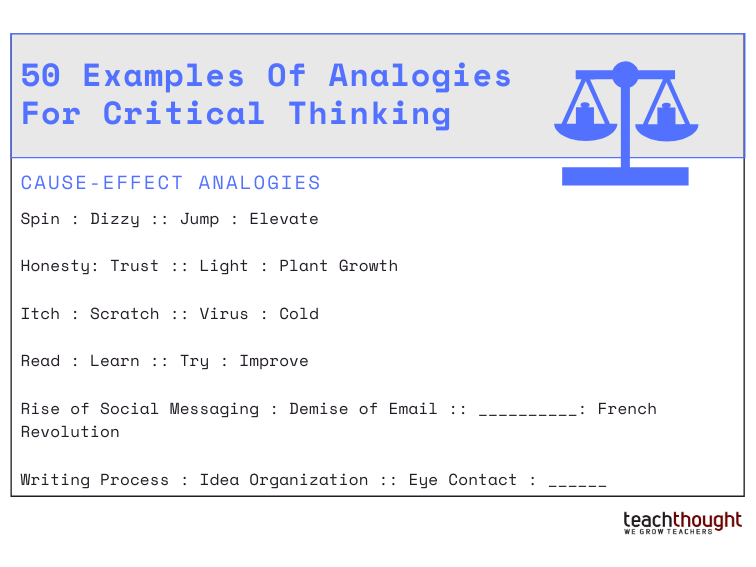
By forcing students to distill one relationship in order to understand another, it’s almost impossible to solve analogies without understanding.
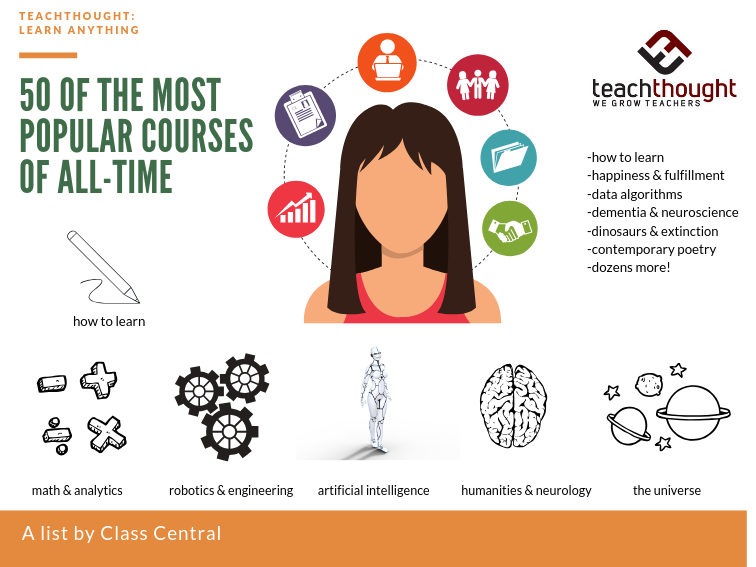
From nanotechnology to business principles and dementia to the science of the universe, here are 50 online courses to learn anything.
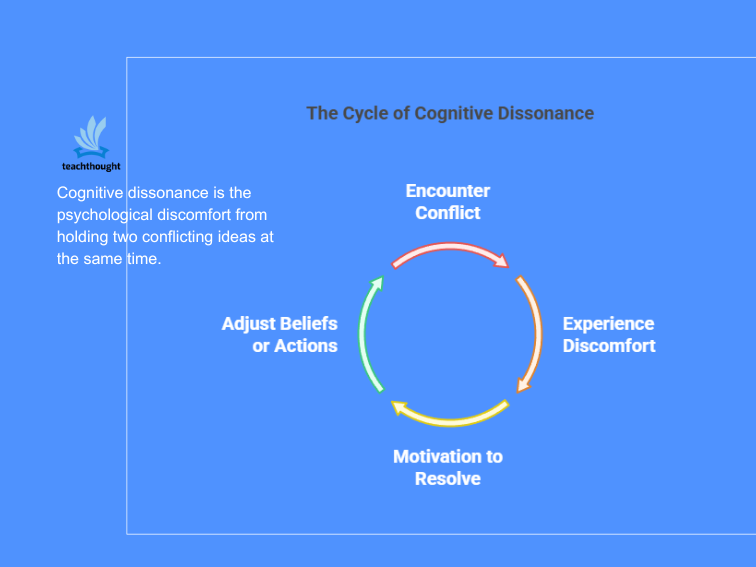
Cognitive dissonance is the psychological discomfort that arises when an individual encounters a conflict between what they believe and how they behave, or between two competing beliefs.
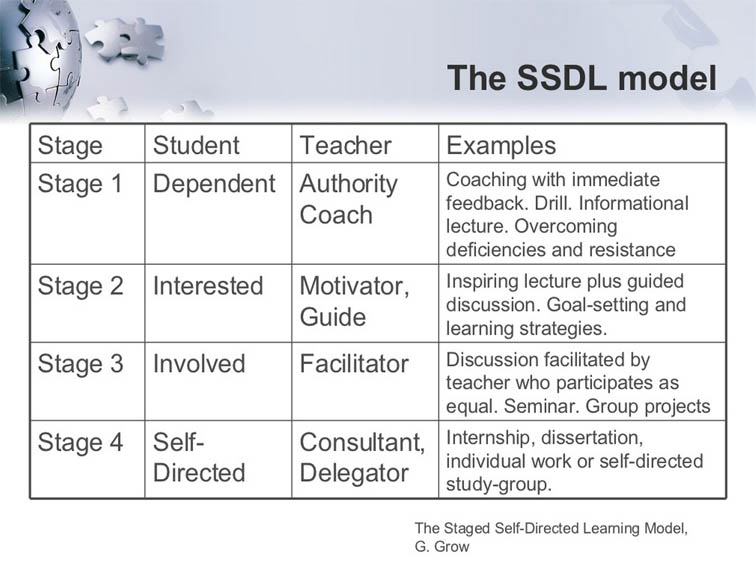
The goal of the model isn’t content knowledge (though it should produce that), but rather something closer to wisdom–learning how to learn.
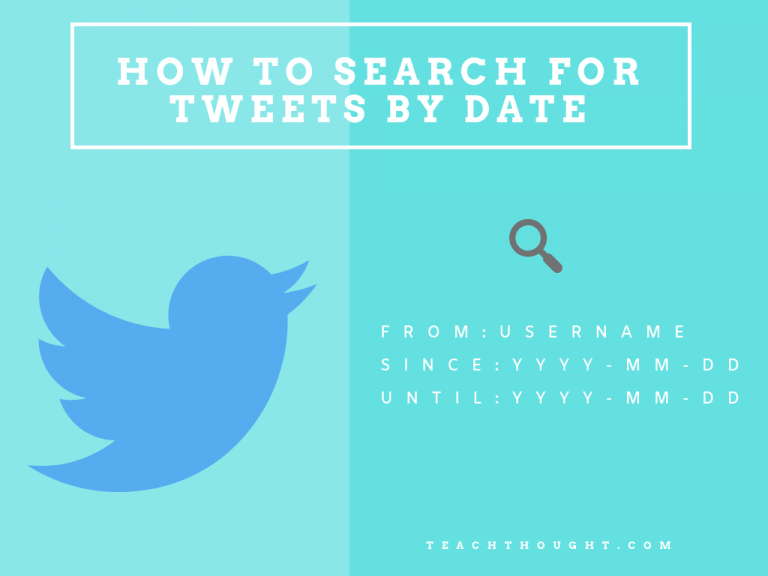
To search for tweets by date, use the following terms in the search feature: from:username since:yyyy-mm-dd until:yyyy-mm-dd

It is suggested that the brain does not have one learning system but four–each with its own unique memory pattern and accompaniments.

Massive Open Online Courses (MOOCs) allow learners access to free courses facilitated by top educators and experts in every subject area.
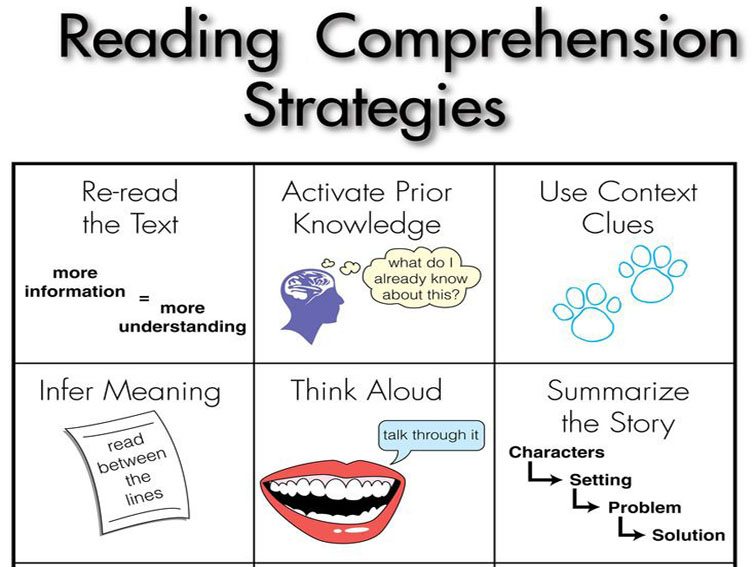
Reading strategies useful in every content area include Questioning the text, Visualization, and using Context Clues to infer meaning.
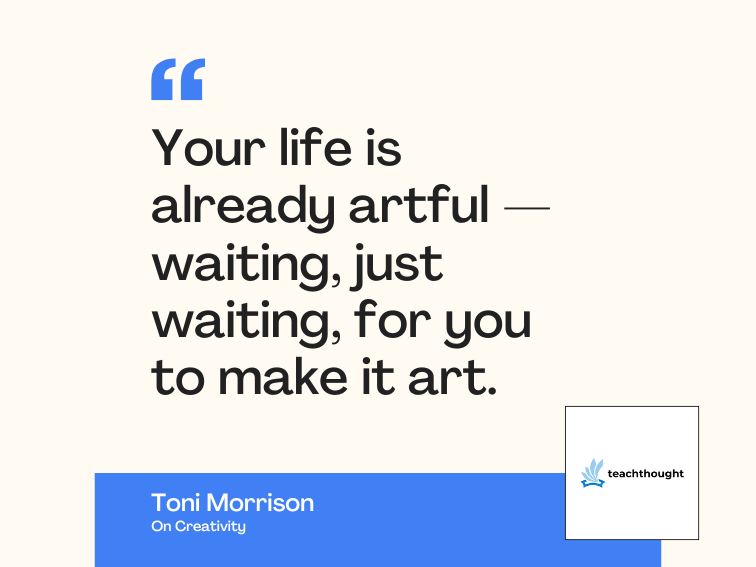
“Creativity is not the finding of a thing, but the making of something after it is found.” – James Russell Lowell
End of content
End of content